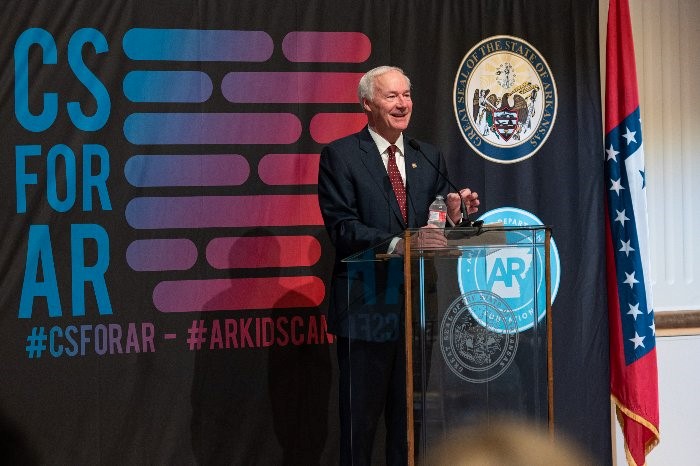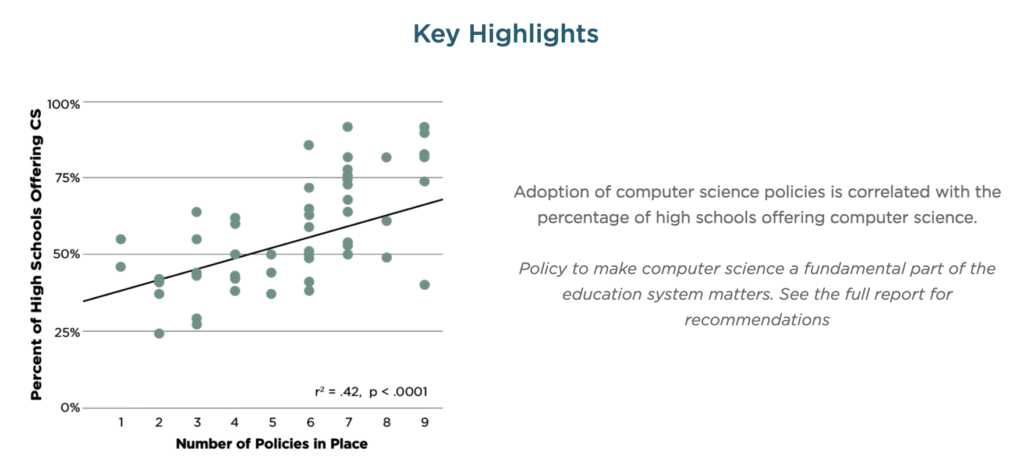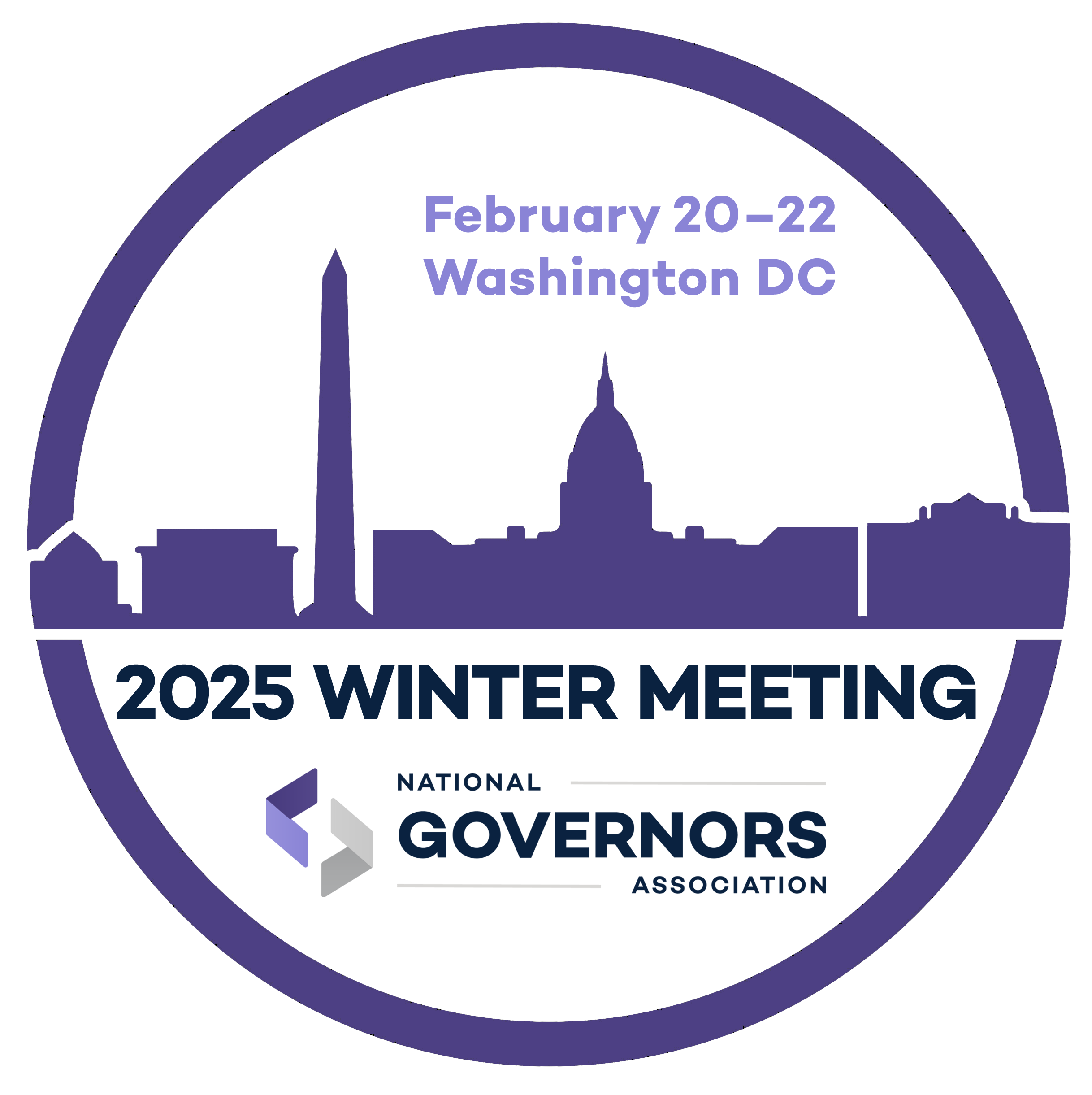Updates from the NGA Membership Team for January 2022. For more about the programs below and a list of upcoming events please email us at: membership@nga.org.
2022 Winter Meeting Preview
114th NGA Winter Meeting Will Convene Jan. 28-31
Governors from across the country will travel to Washington, D.C. at the end of this month for the convening of the 114th NGA Winter Meeting. NGA Chairman and Arkansas Governor Asa Hutchinson and NGA Vice Chairman and New Jersey Governor Phil Murphy look forward to welcoming Governors, Governors’ spouses and senior staff members to what promises to be an engaging and productive weekend.
Governor Hutchinson will gavel the meeting and will will update attendees on his NGA Chairman’s Initiative, K-12 Computer Science Education. High-level speakers from the Administration and the private sector will join to discuss the critical issues now being addressed by Governors and states, most notably the implementation and planning surrounding the new infrastructure law, building out broadband networks, best practices for workforce development initiatives, the status of the electric vehicle charging network and much more.
Governors leading NGA’s three task forces—Economic Recovery and Revitalization, Community Renewal, and Pandemic and Disaster Response—will review their recent work.
The NGA Spouses Program will focus on child welfare and trauma-informed practices for supporting children and families during challenging times. We look forward to reconnecting with Governors, Governors’ spouses and their senior staff members at the 2022 Winter Meeting.
State of the State Address Calendar
NGA will be tracking and featuring Governors’ State of the State addresses here.
Those who have announced addresses in January and February are:
- ● Jan. 5, Kentucky Governor Andy Beshear
- ● Jan. 5, New York Governor Kathy Hochul
- ● Jan. 5, Vermont Governor Phil Scott
- ● Jan. 10, Arizona Governor Doug Ducey
- ● Jan. 10, Idaho Governor Brad Little
- ● Jan. 11, Florida Governor Ron DeSantis
- ● Jan. 11, Indiana Governor Eric Holcomb
- ● Jan. 11, Washington Governor Jay Inslee
- ● Jan. 11, Alabama Governor Kay Ivey
- ● Jan. 11, Kansas Governor Laura Kelly
- ● Jan. 11, New Jersey Governor Phil Murphy
- ● Jan. 11, South Dakota Governor Kristi Noem
- ● Jan. 11, Iowa Governor Kim Reynolds
- ● Jan. 12, West Virginia Governor Jim Justice
- ● Jan. 13, Colorado Governor Jared Polis
- ● Jan. 19, Missouri Governor Mike Parson
- ● Jan. 20, Delaware Governor John Carney
- ● Jan. 24, Hawai‘i Governor David Ige
- ● Jan. 26, Michigan Governor Gretchen Whitmer
- ● Feb. 2, Illinois Governor JB Pritzker
- ● Feb. 2, Maryland Governor Larry Hogan
- ● Feb. 14, Wyoming Governor Mark Gordon
- ● Feb. 15, Wisconsin Governor Tony Evers
Government Relations
NGA and Governors Communicate With Administration on IIJA
As the implementation of the Infrastructure Investment and Jobs Act is underway, Governors are in dialogue with the Administration about the development of policies that will govern projects in states and territories.
On Dec. 17, 2021, NGA’s leadership sent a letter to the Office of Management and Budget advocating maximum flexibility for states and territories in using funds that will be forthcoming from the federal infrastructure law. Signed by NGA Chairman and Arkansas Governor Asa Hutchinson and NGA Vice Chairman and New Jersey Governor Phil Murphy, the letter outlines priorities on behalf of states and territories as guidance and regulations are being developed to implement the new law. The letter further suggests these additional priorities for the Administration’s consideration: clarity and clear criteria for evaluating infrastructure proposals; reasonable and achievable timelines for using funds along with clear reporting requirements; the use of existing programs to distribute funding; and advance notice and clarity regarding changes to guidance and regulation. Govs. Hutchinson and Murphy note that including these principles throughout the regulatory process will help maximize the impact of federal infrastructure investments.
White House Infrastructure Coordinator Mitch Landrieu sent a letter to Governors, requesting them to appoint state-level coordinators to drive the implementation of the Infrastructure Investment and Jobs Act. Mr. Landrieu also advised in the letter that the White House, together with the Office of Management and Budget, would be releasing policy guidance this month to set parameters for the infrastructure law’s funding programs, both discretionary and formula. He noted that guidance would include “financial oversight and reporting, labor, Made in America/Buy America, equity, climate and resilience, and environmental justice.” The letter describes the Infrastructure Implementation Task Force that will be responsible for overseeing the rebuilding of the nation’s infrastructure without unnecessary red tape or delay.
States and local governments have already been designated as recipients for more than $65 billion in program funding from the: Department of Transportation for immediate road and bridge repair; Environmental Protection Agency for water infrastructure, replacement of lead pipes and Superfund site cleanups; and Department of Transportation for port infrastructure development grants. The latest example of Governors readying their cabinet comes from Arkansas Governor and NGA Chairman Asa Hutchinson, who issued an Executive Order establishing the Governor’s Infrastructure Planning Advisory Committee. The committee is composed of state agency personnel to identify best practices and procedures to ensure that Arkansas realizes the maximum relief and benefits available under the IIJA.
Communications Spotlight
Chairman Hutchinson Will Address NGA’s 2022 Winter Meeting
NGA Chairman and Arkansas Governor Asa Hutchinson will address the 2022 Winter Meeting on his Chairman’s Initiative, “K-12 Computer Science Education.”
Fifteen Governors are members of the Governors’ Partnership for K-12 Computer Science (Govs for CS).
Gov. Hutchinson’s initiative emphasizes that every student in every school should have the opportunity to learn computer science. Among the goals of the Chairman’s Initiative are to increase the number of high schools offering computer science education in all grades K-12 across the country. Now, 51% of high schools offer basic computer science courses.
In addition to its benefits as a long-term workforce development priority to close the digital skills gap for the information age, Gov. Hutchinson has identified digital literacy as a critical national security issue. Upcoming events for the Chairman’s Initiative will be held in Bentonville, Arkansas, March 16-17 and in Boston, Massachusetts, May 18-19. Details on these events will be announced.

NGA Chairman and Arkansas Governor Asa Hutchinson spoke at the kickoff of Computer Science Education Week in early December 2021. Gov. Hutchinson hosted the event at the Governor’s Mansion in Little Rock. Sponsored by CSEdWeek, the annual observance is a national call to action to support computer science education. The theme for 2021 was “Computer Science Is Everywhere,” emphasizing the discipline’s applicability and value in virtually any field. The dates for CSEdWeek 2022 are already set, Dec. 5-11.

This graphic is reproduced from the advocacy page of code.org which summarizes the group’s most recent annual report, “2021 State of Computer Science Education.” The graph illustrates the connection between adoption of computer science policies and the percentage of schools offering computer science. State policies on computer science make a difference!
NGA Activities
NGA Publishes Road Map to Help States Navigate Energy Crises
Energy emergencies, such as an electrical grid outages, pipeline disruptions or fuel shortages, can happen at any time; however, winter weather increases some of these risks. Governors and states have critical roles to play when an imminent or actual severe energy supply interruption threatens the health, safety, economic stability or national security of a population.
NGA’s Center for Best Practices has updated and published a road map, titled “Executive Authority During Energy Emergencies.” The publication details both the legal authorities and related responsibilities that Governors hold, including the authority to declare a state of emergency. An energy emergency may require Governors to execute their emergency powers to aid in response, restoration and recovery.
Other key decision points in the trajectory of an emergency include identifying the scope and scale of the event, determining and executing appropriate actions, and communicating those actions to key stakeholders and the public.
Over the past decade, NGA has produced several aids to improve state energy security. Recent reports, guidance and energy security updates can be found at NGA’s State Resource Center on Energy Security. For more guidance on state energy assurance planning, see the National Association for State Energy Officials’ Energy Assurance Planning Resources.
Happy 2022 from NGA














